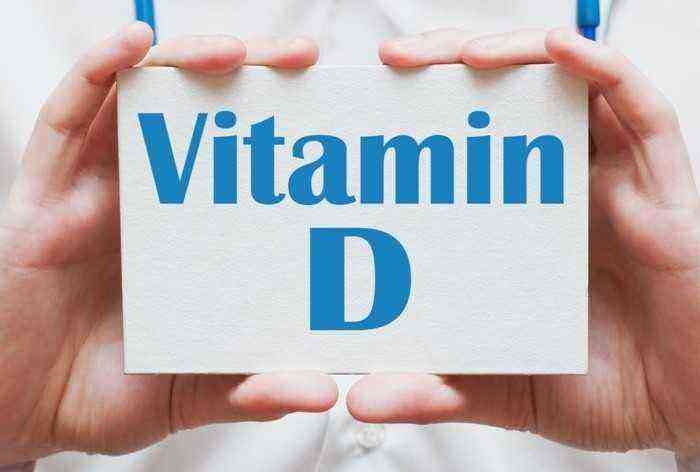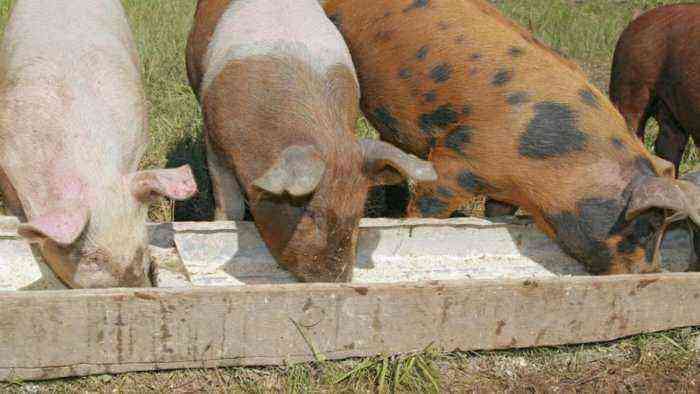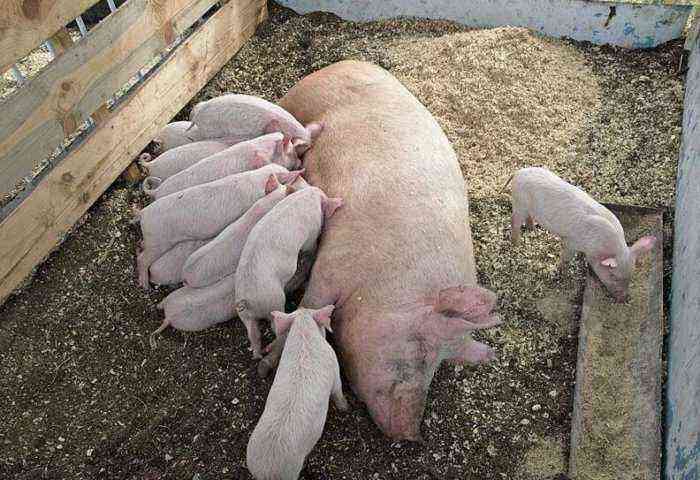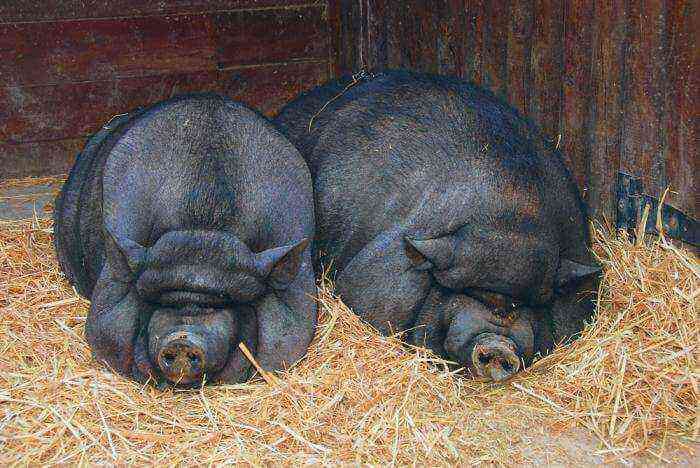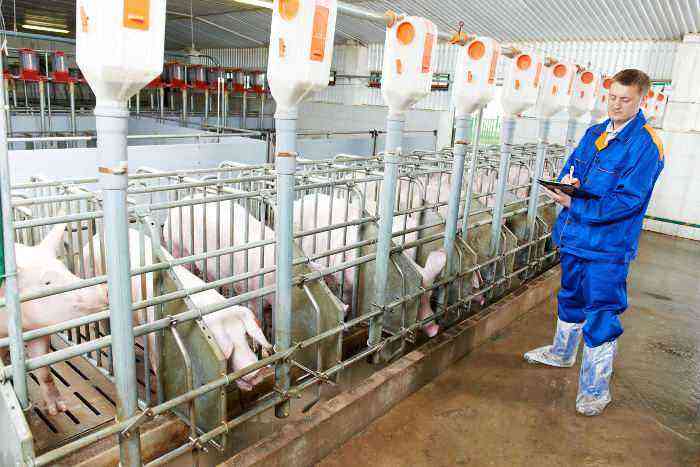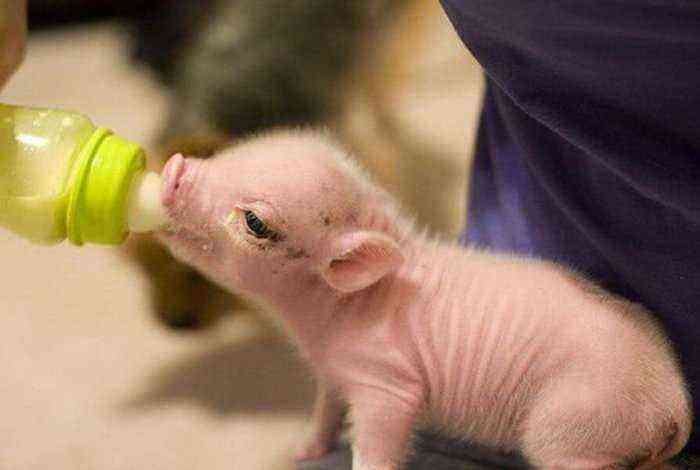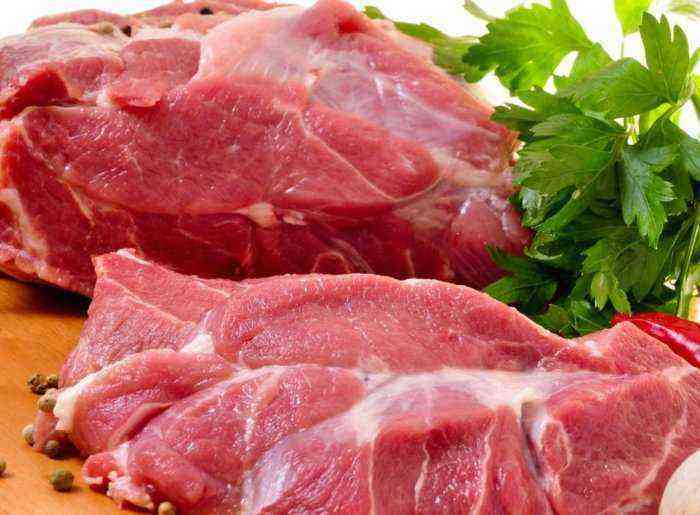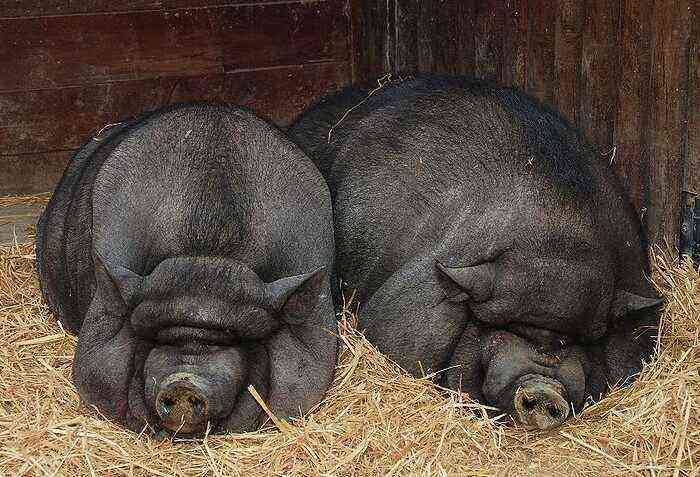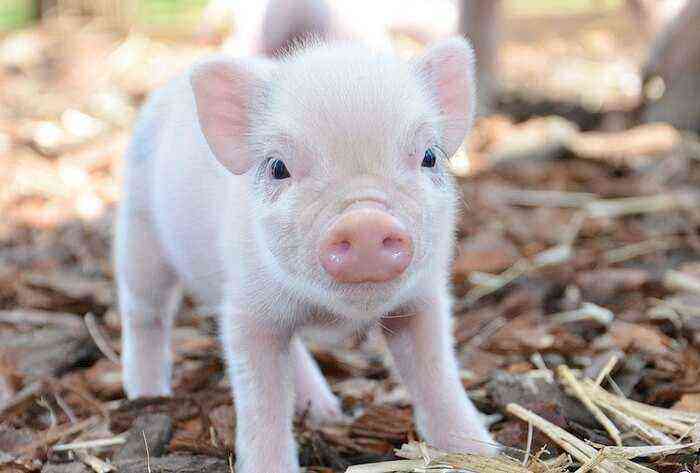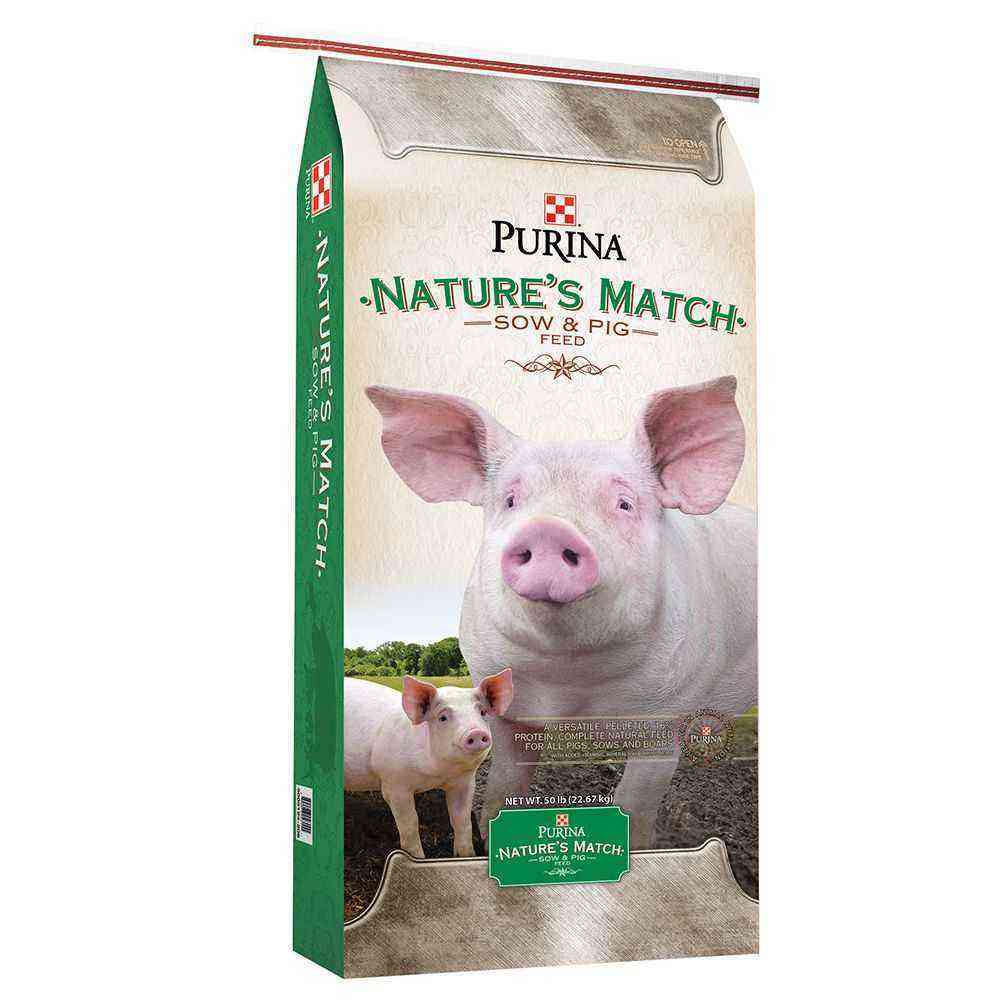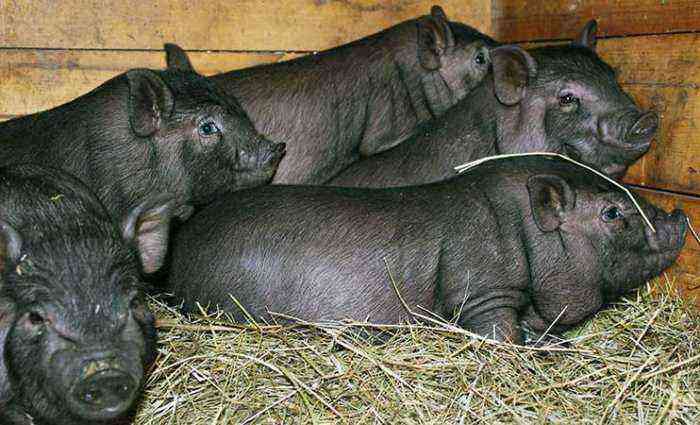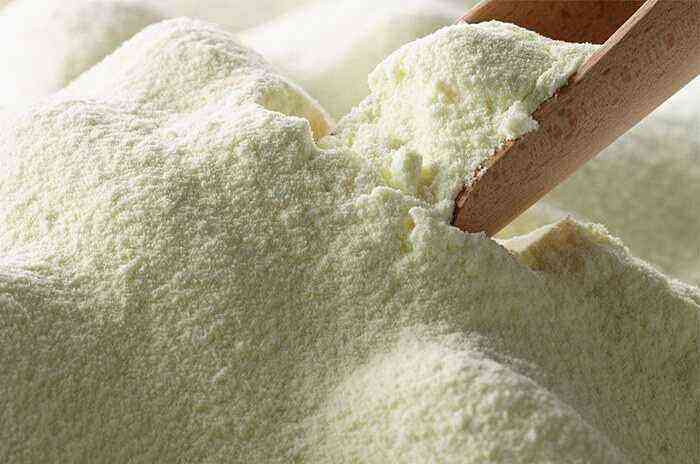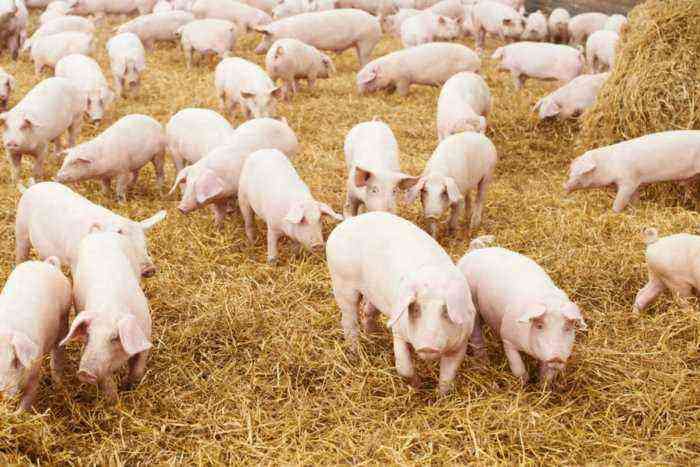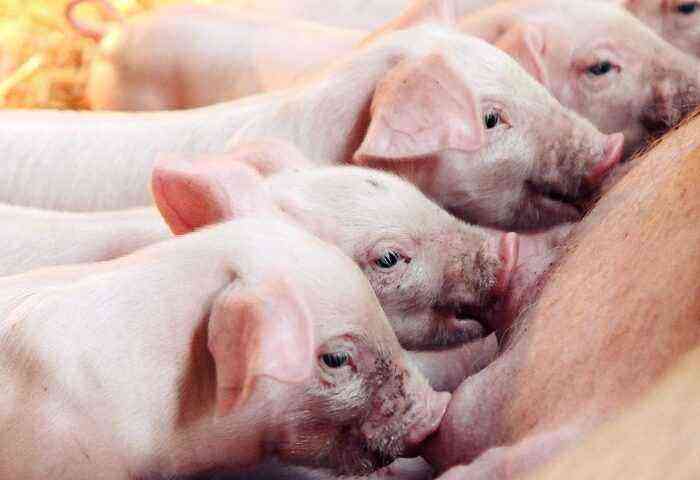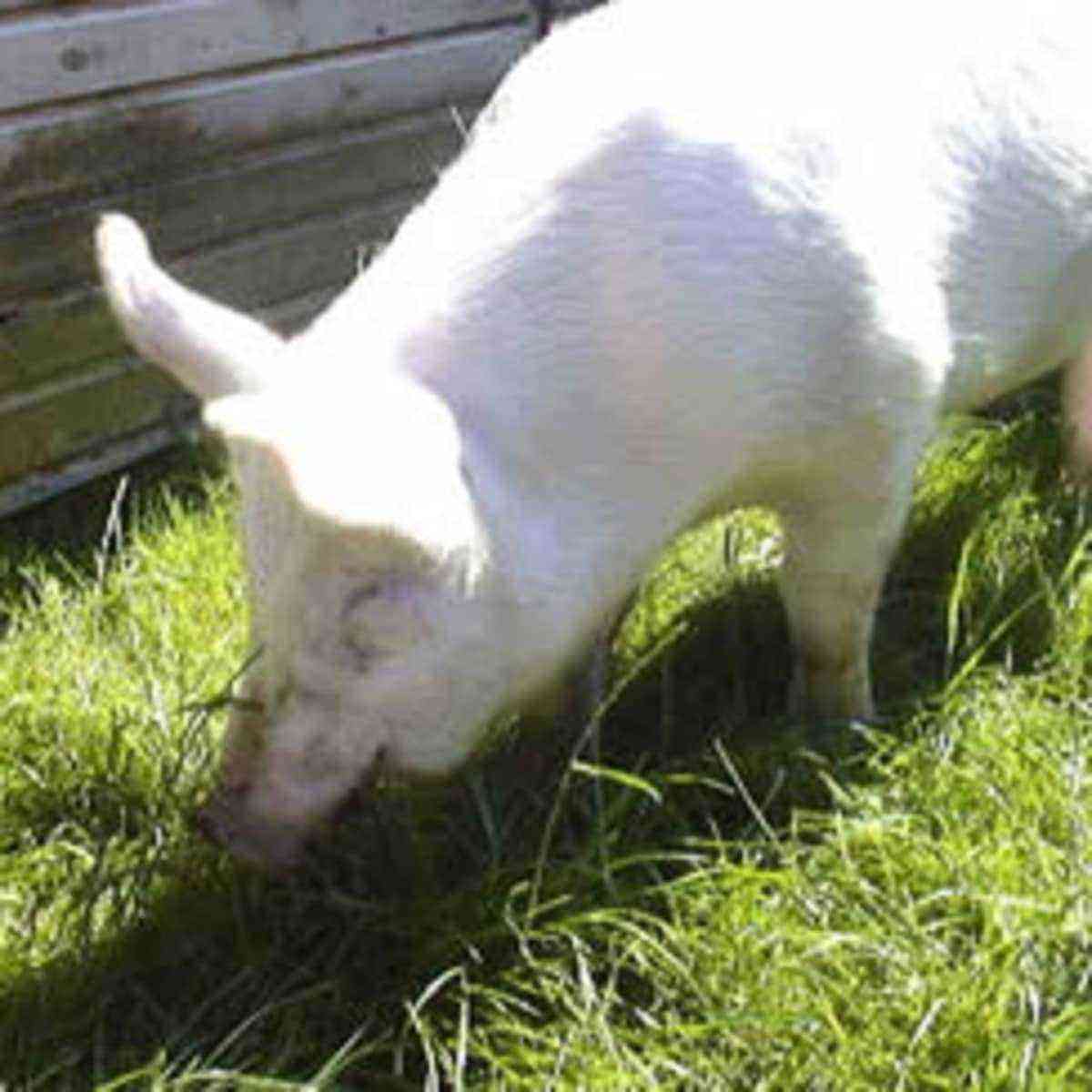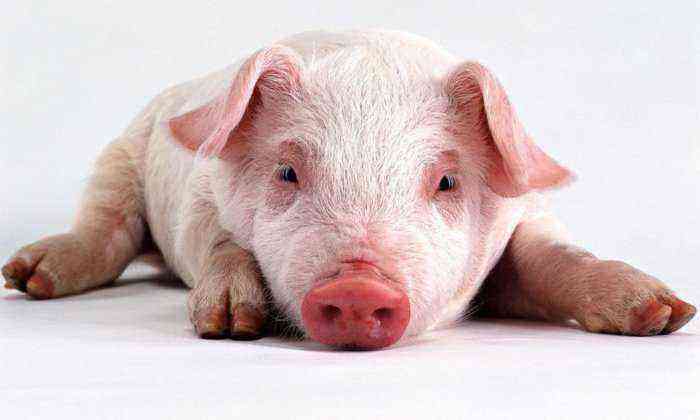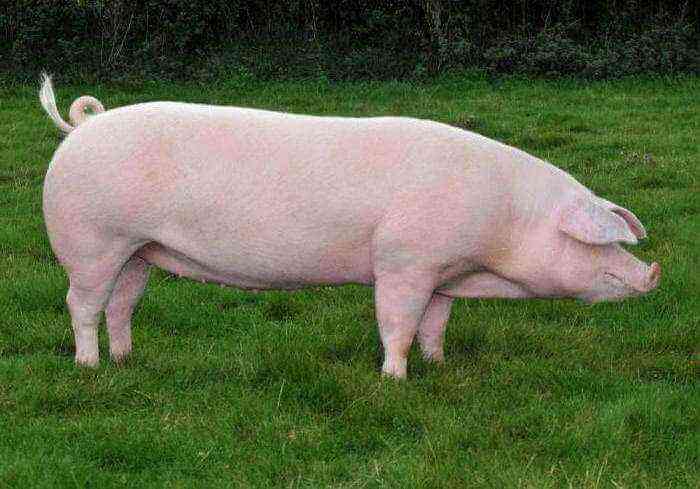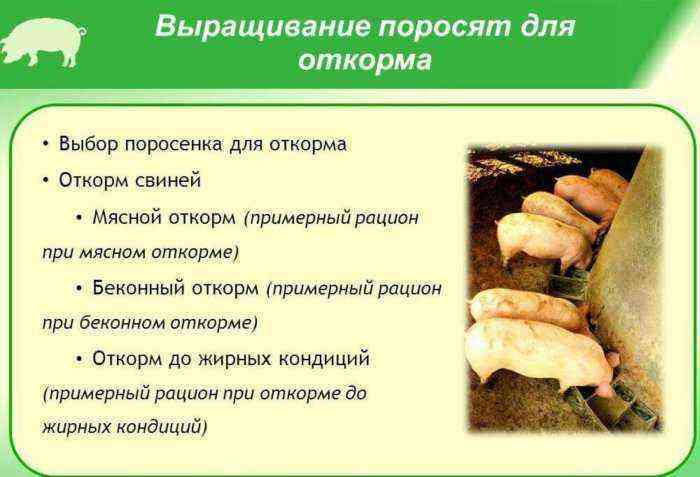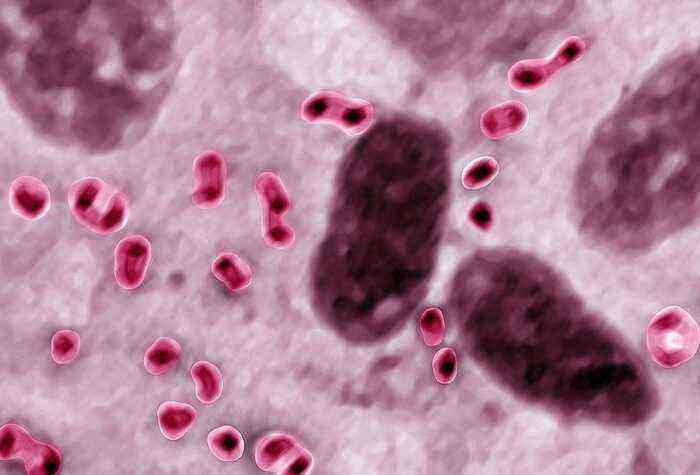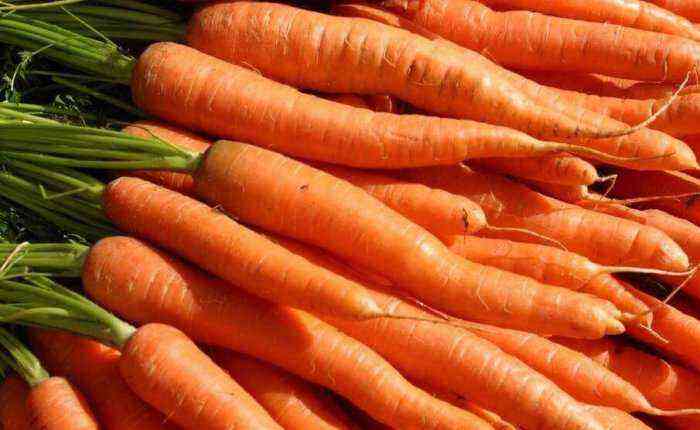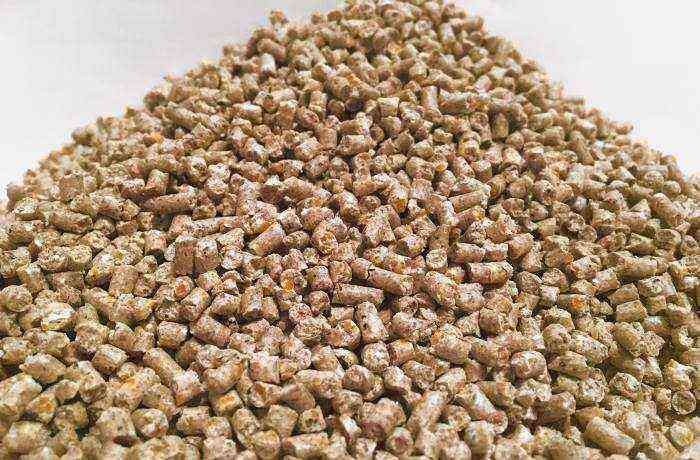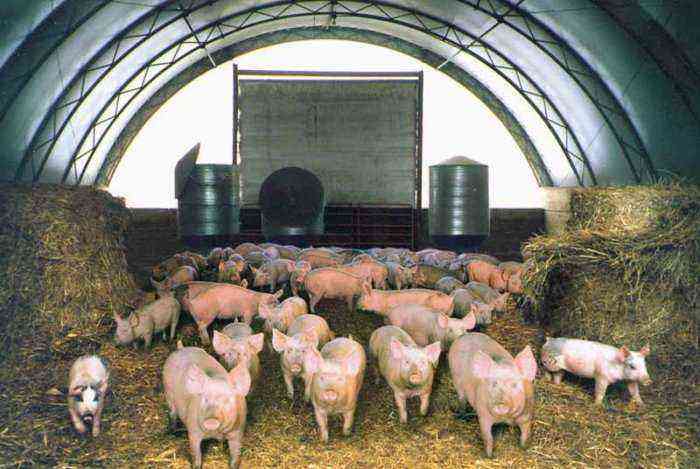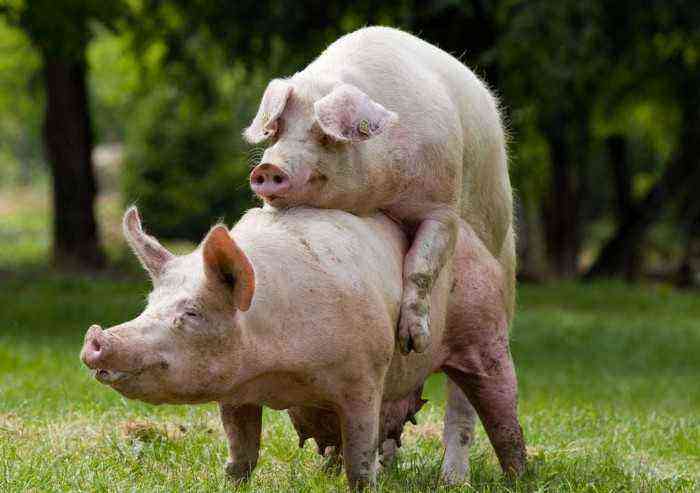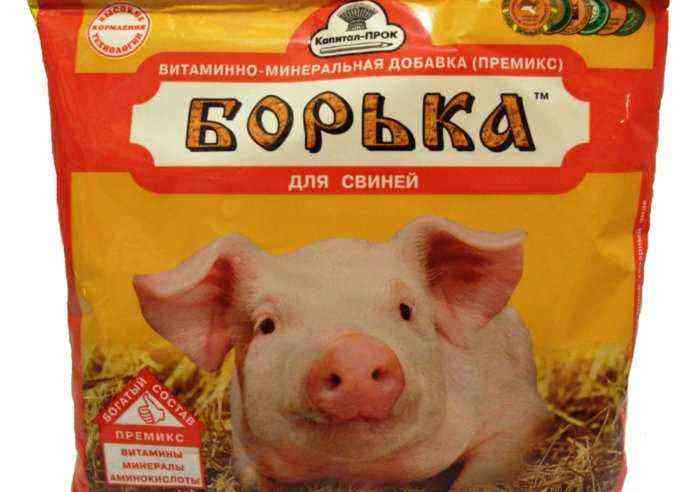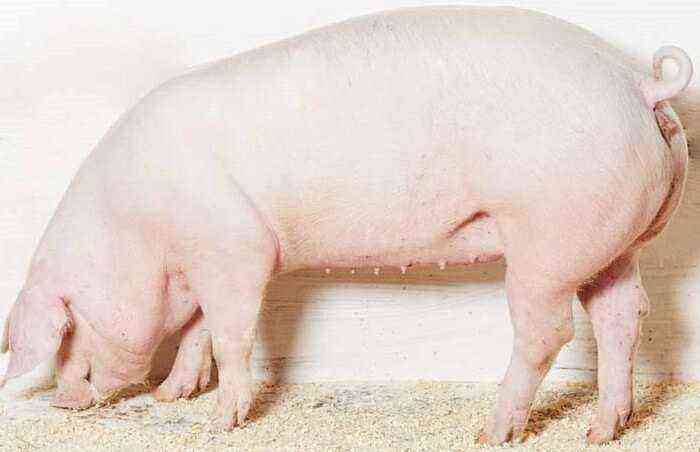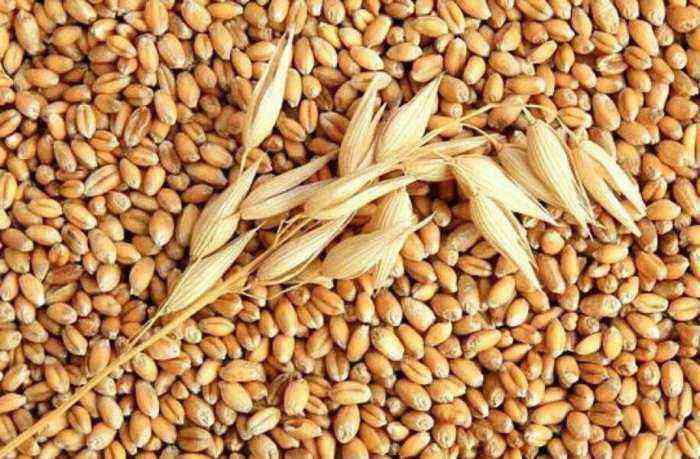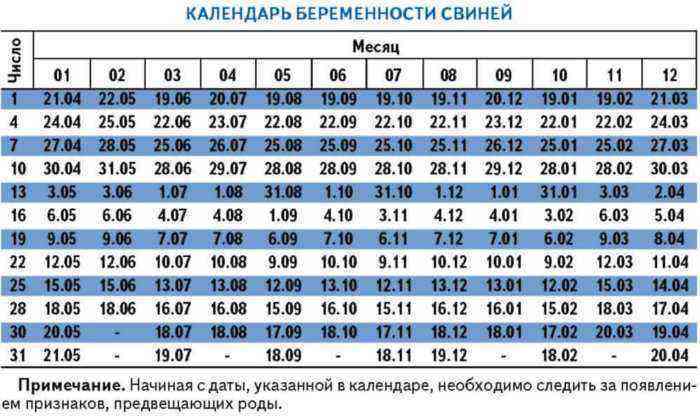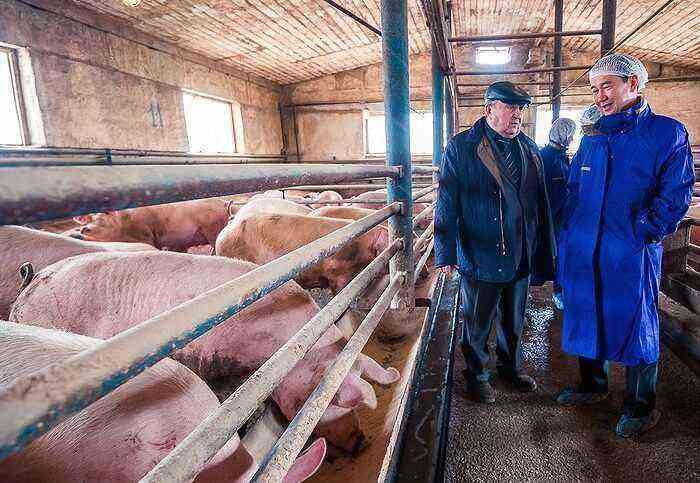Growth stimulants are actively used in large farms: either as part of the feed ration or in the form of injections. Their use in animal husbandry must necessarily be carefully controlled, since, firstly, an allergic reaction to the constituent substances in some animals is possible; secondly, overdoses are unacceptable.
Pigs on growth stimulants
What are growth promoters?
The most cost-effective way to obtain an increase in the mass of live meat is fattening livestock using accelerated technology, which requires the mandatory use of growth stimulants for pigs. These substances allow animals to fully use the received feed, get sick less, and therefore grow and gain weight significantly in a short time.
Highly biologically active steroids are substances that accelerate the growth of an additional layer of muscle tissue, which will allow them to develop harmoniously.
Conventionally, they can be divided into 3 groups, each of which has its own functions:
- They improve the functioning of the digestive tract, taking care of the splitting of feed into forms that are easily digestible by the animal’s body.
- They contribute to the full penetration of the substances necessary for the body through the walls of the intestine.
- It enhances the processes of tissue metabolism, which accelerates the formation of protein and the build-up of the meat layer.
Feed additives for pigs are hormonal and non-hormonal.
There are some advantages to using stimulants:
- they do not form deposits in the body of individuals;
- do not affect the taste of products;
- their harmlessness has been proven (i.e., meat grown on stimulants can be safely eaten).
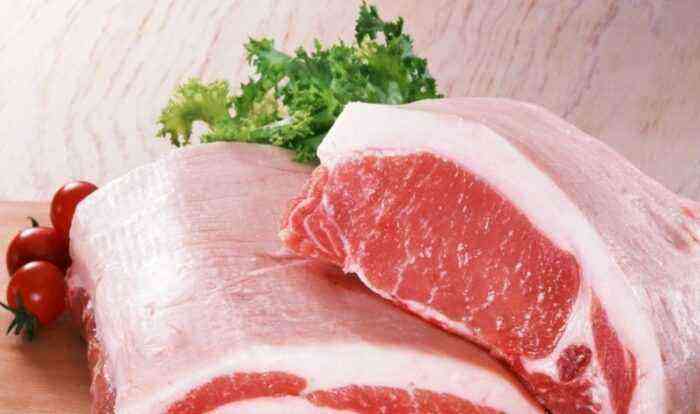
Stimulant-raised meat is safe
Types of stimulants
There are different varieties of growth stimulants for pets.
Hormonal
These are anabolics (sex hormones) produced in the form of injections. Mumps’ hormones are given in the form of injections, not in the form of addition to feed. Typically, the animal is injected with a stimulant capsule into each crease behind the ear. Gradually, the implant dissolves and acts for 8-9 months allotted for growing a wild boar, and then for another 4 months the residual effect lasts. These drugs include DES and Sinestrol.
There are also hormonal stimulants administered intramuscularly – Retabolin and Laurobolin. They are injected once every three weeks at 1 mg per head, and injections are stopped 100 days before slaughter.
Non-hormonal
They are composed of numerous feed antibiotics that allow pigs not to make any effort to fight viruses and infections, but only to engage in a corresponding thickening in volume and mass. Non-hormonal growth stimulants are similar in their properties, therefore they are offered to pigs with food, and piglets are poured into milk when feeding according to one schedule and in a certain identical dosage.
Non-hormonal drugs include the following topical antibiotics: grisin, biovit, streptomycin, biomycin, flavomycin, hygromycin.
It has been experimentally proven that feed tetracyclines and biovit (crude antibiotics) have the maximum influence on the weight gain of an individual.

Natural growth stimulator
Non-hormonal stimulants, unlike hormonal ones, are quite legal and are widely used in animal husbandry. They are several orders of magnitude cheaper than hormonal ones for farmers, and the end result from both is the same.
Important! Antibiotics are designed to increase the resistance of guinea pigs to viruses and bacteria. Feed antibiotics are administered to animals in food or drink.
On farms, compound feed already contains the necessary antibiotics. If they are not in dry food, then the drugs are added to the water. Their main advantage is that they neutralize pathogens and infections. Pigs are healthy, useful amino acids are not wasted on the battle with pathogenic microflora. Therefore, all the food eaten is beneficial – for the growth and development of the body. The antibiotics used in feed should not disturb the consumers of meat – they act exclusively on the body of pigs.
Enzymatic
Enzymatic stimulants are made from the internal organs of healthy animals: kidneys, liver, spleen, testicles, etc. An emulsion from processed organs is injected subcutaneously into animals every 10 days. The disadvantage of this method is that its use is complicated by the rather frequent injection of each animal, which is not easy to do in conditions of a large number of livestock on a large farm. One of such official preparations of the enzymatic plan is the nucleopeptide.
Growth stimulator “Nucleopeptid”
It contains biologically active substances – peptides, nucleotide bases, nucleosides, etc. It can be used with all other supplements, it almost never causes allergies and helps to remove toxins from the body.
Important! The drug is used for cattle, and for farms with poultry, and even for cats and dogs. It helps well with the delay in the physical development of individuals, improves the skin and coat, and raises immunity.
Supplements
Dietary supplements are animal-friendly drugs that act as growth promoters for pigs. They are divided into: BMVD and natural acids.
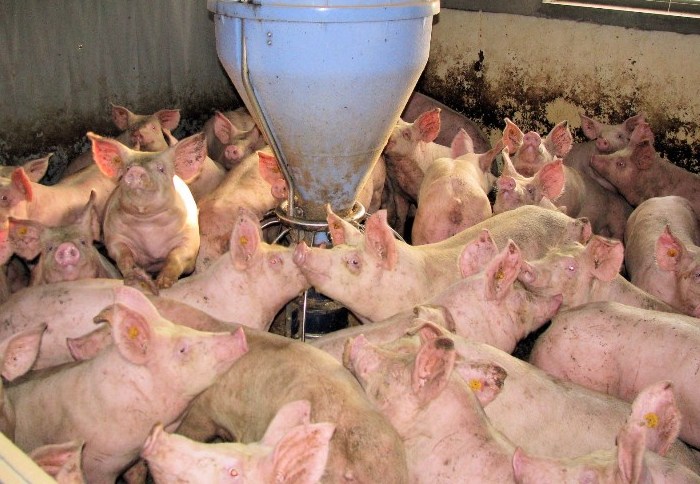
BMVD for pigs
BMVD
Protein-mineral-vitamin supplements (PMVD) are considered by farmers to be the most productive of all available. These special vitamin-mineral complexes compensate for the lack of certain nutrients in the diet of pigs that affect the health and growth of animals. They contain a large number of trace elements, vitamins and amino acids, which are necessary for the full development of pigs.
Such nutritional supplements do not have any side effects and are absolutely harmless to animals. Their composition includes about 30% of the active substance, the remaining 70% are bran or fodder chalk.
Supplements are convenient to combine with food without the use of special equipment. They mix well with the feed, evenly distributed throughout the volume.
Important! BVD and BMVD differ significantly, the former have a poorer vitamin composition and a low price.
Bioadditives include:
- Vitamin A, which helps to strengthen the immunity of animals, the full development and growth, has a beneficial effect on visual parameters.
- Vitamin D3 – promotes the productive absorption of calcium by the body, strengthens the skeletal system.
- B2 is an essential vitamin for fruit-bearing individuals, contributes to the normalization of the functions of the reproductive system.
- Vitamin K – increases blood clotting.
- E – vitamin-antioxidant.
- Ascorbic acid – promotes the regeneration of cells and tissues.
- Calcium – necessary for the skeletal system, carries the protective and supporting functions of the body.
- Potassium – controls the amount of fluid in the body.
- Copper – is involved in the processes of hematopoiesis.
- Iron is involved in the synthesis of hemoglobin in the blood, is involved in oxidative processes.
- Zinc is a necessary element for pigs during puberty, it has a beneficial effect on reproductive function.
- Iodine is essential for the production of thyroid hormone, the cardiovascular and nervous systems.
Important! Pig breeders recommend enriching the diet of animals with cereals during the period of adding PMVA.
Pros of introducing BMVD into the animal menu:

Accelerated growth of pigs
- There is an accelerated growth of individuals, high weight gain.
- The functions of the gastrointestinal tract are normalized, useful substances are absorbed more efficiently.
- The body of pigs receives the necessary amount of vitamins, minerals and amino acids.
- The immune system of individuals is strengthened, metabolism improves.
- The likelihood of dangerous diseases (anemia, bronchitis) is minimized.
- Promotes the full development of young animals.
- The quality of livestock products is improving.
- Significant savings on the purchase of compound feed.
It is important to remember that BMVD cannot replace a complete food, it is only a nutritional supplement.
Bioadditives are allowed to be introduced into the diet from the age of one week of piglets and up to the very slaughter. Each age category has its own vitamin complexes. The composition and dosage is selected individually in accordance with the needs of the organism of an individual in useful substances. A properly selected complex will give positive results in a week: digestive functions are noticeably improved, nutrients are absorbed faster.
Natural acids
These include succinic, citric and glutamic acids. The introduction of such dietary supplements into the diet of piglets significantly increases the immunity of animals and improves the quality of meat. Natural acids are dissolved in water and fed to pigs, or mixed with feed. Dosage: 20 to 40 mg. drug per 1 kg. live weight. Acids are added literally from the moment the piglets are born and up to slaughter.
Which is better?
Pig producers decide for themselves which animal stimulants are suitable for them. The choice is quite large, and, as a rule, is determined by the scale of the farm and the intended purpose. Private owners who raise pigs for their own use, and not for sale, are more likely to buy BMW.

Private traders are more likely to buy BMW
Large-scale pig farms use enzyme supplements along with bioadditives. But the latter require a sufficient number of workers to administer stimulants to animals. Antibiotics are needed in cases where animals are prone to frequent diseases, and they are quite affordable. Hormonal drugs are also effective, but they are very expensive.
The modern agricultural industry offers a wide range of growth promoters for piglets, each of the options has its pros and cons. The final decision rests with the owner of the pig farm.
